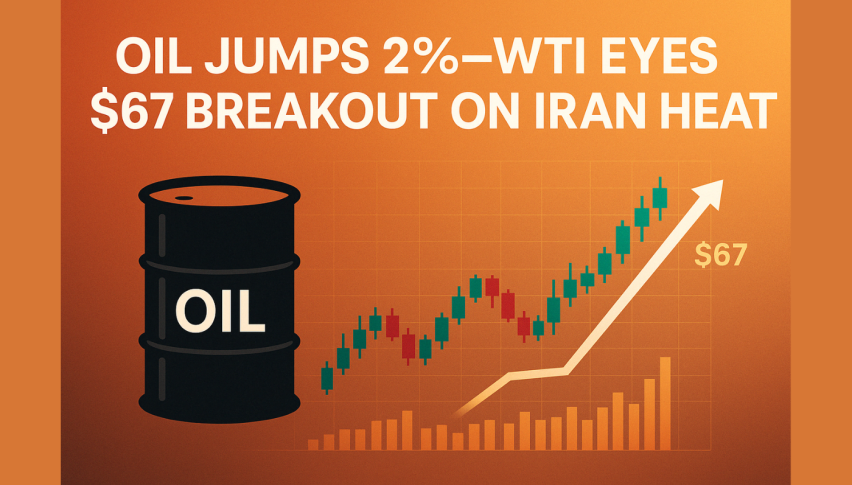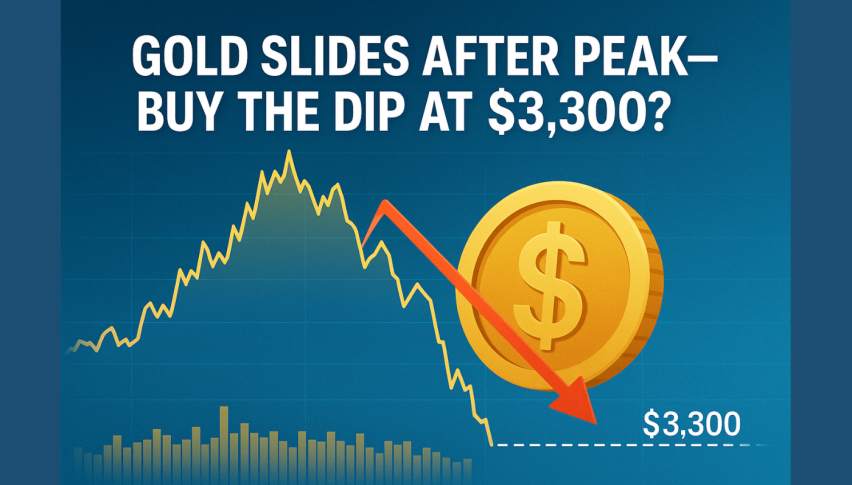Oil Crashes Below $57 as Trade War and Supply Surge Rattle Markets
Oil prices nosedived this week, sinking to levels not seen in over four years as the U.S.-China trade conflict intensified and global...

Oil prices nosedived this week, sinking to levels not seen in over four years as the U.S.-China trade conflict intensified and global supply outlook worsened.

West Texas Intermediate (WTI) crude fell to around $56.90, and Brent crude slid below $60.50, marking the sharpest five-day drop since 2022. The sudden selloff follows a series of escalating tariff announcements that have shaken investor confidence across commodity markets.
Tariff Chaos Triggers Risk-Off Selloff
The latest blow came when President Trump enforced 104% tariffs on a wide range of Chinese imports after Beijing refused to remove its 34% retaliatory duties. The move spooked markets, signaling a worsening standoff between the world’s two largest economies.
Ye Lin, VP of Oil Markets at Rystad Energy, said, “China’s oil demand growth of 50,000 to 100,000 barrels per day could be at risk if tensions escalate further.”
These fears sent shockwaves through energy markets, reigniting concerns about a global economic slowdown and weakening fuel demand.
OPEC+ Output Hike Compounds Supply Worries
At the same time, OPEC+ announced it would increase production by 411,000 barrels per day starting in May. The decision—meant to stabilize market share—has instead amplified oversupply concerns. Analysts at Goldman Sachs now expect Brent to fall to $62 and WTI to hit $58 by year-end.
Adding to the pressure, the six-month Brent futures spread dropped to just $0.79, the lowest since November. That’s a steep fall from $5.69 in mid-January, reflecting a sharp shift from tight supply to surplus conditions.
Meanwhile, Russia’s ESPO crude fell below the $60 price cap, a first since sanctions began—underscoring just how far prices have tumbled globally.
Technicals Signal More Pain Ahead
From a chart perspective, WTI has broken below major Fibonacci support levels, with the next downside target near $54.50. The 50 EMA at $64.69 looms far above current levels, reinforcing bearish pressure. The RSI is deep in oversold territory at 21, but there’s no immediate sign of a rebound, suggesting momentum still favors the bears.

While a bounce may occur on profit-taking, sustained recovery would likely require a material shift in macro conditions—be it trade de-escalation, a production cut, or surprise demand data.
Bottom Line
The energy market is caught between two powerful forces: collapsing demand expectations driven by trade tensions, and rising supply from major producers. Until either reverses course, the path of least resistance for oil remains lower.
- Check out our free forex signals
- Follow the top economic events on FX Leaders economic calendar
- Trade better, discover more Forex Trading Strategies
- Open a FREE Trading Account



